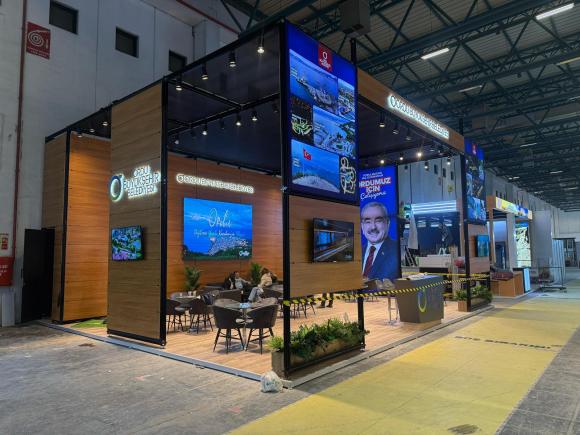Reverse-Engineering A Display Protocol To Repair A Roland Synthesizer
Restoring electronic gadgets is not as hard as it utilised to be. Many thanks to the world-wide-web, it is quick to come across datasheets and software notes for any common component inside your gadget, and once you have discovered the defective a single, you simply just acquire a alternative from 1 of a million net shops — assuming you really don’t stop up with a bogus, of class. When it arrives to non-conventional factors, nevertheless, issues get far more tough, as [dpeddi] observed out when a good friend asked him for aid in restoring a Roland Juno-G synthesizer with a damaged display.
The primary challenge listed here was the truth that the screen in query was a custom made design and style, with no substitute or documentation out there. The only detail [dpeddi] could determine out from the support manual was the standard pinout, which confirmed a parallel interface with two strains labelled “chip select” — an indication that the show contained two individual controllers. But the precise protocol and data format was not documented, so [dpeddi] brought out his logic analyzer to consider and decode the alerts generated by the synthesizer.
After a bit of demo and mistake, he was equipped to determine out the protocol: it seemed like the show contained two KS0713-type Lcd controllers, each individual managing 1 half of the display screen. Locating a appropriate substitution was however proving tricky, so [dpeddi] made the decision rather to decode the authentic signals using a microcontroller and demonstrate the photo on a fashionable Liquid crystal display pushed by SPI. After some intial experiments with an ESP32, it turned out that the undertaking of studying two moderately speedy parallel buses and driving an even faster serial a single was a bit as well substantially for the ESP, so [dpeddi] upgraded to a Raspberry Pi Pico. This labored a take care of, and thanks to a 3D-printed mounting bracket, the new screen also match snugly inside the Roland’s circumstance.
The Pico’s code is out there on [dpeddi]’s GitHub website page, so if you have also bought a dodgy display in your Juno-G you can merely obtain it and use it to plug in a manufacturer-new display screen. On the other hand, the technique of reverse-engineering an existing display protocol and translating it to that of a new a single is rather universal and must appear in helpful when doing the job with any type of digital machine: say, a classic calculator or multimeter, or even an additional synthesizer.




